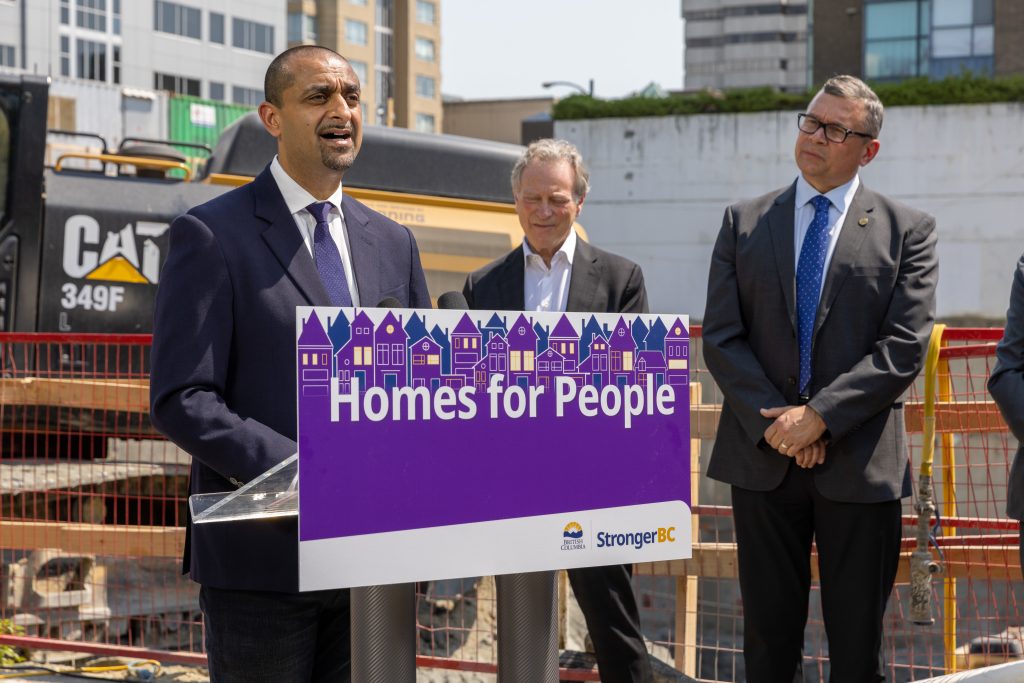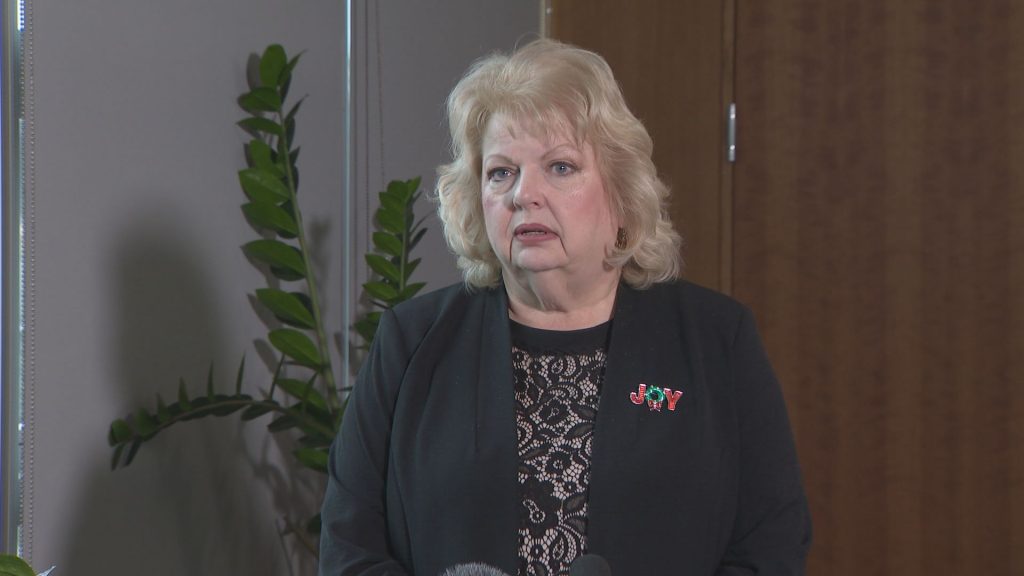Feds announce ambitious plan to cut poverty rates, activist far from impressed
Posted August 21, 2018 11:00 am.
Last Updated August 21, 2018 11:46 am.
This article is more than 5 years old.
VANCOUVER (NEWS 1130) – The federal government has announced an ambitious plan to help reduce poverty across Canada.
If successful, Canada will see a 20 per cent reduction in poverty by 2020, and poverty rates cut in half by 2030.
The Opportunity for All – Canada’s First Poverty Reduction Strategy “builds on the Government of Canada’s significant investments since 2015,” a release reads. That includes programs like the Canada Child Benefit, the Canada Workers Benefit, the National Housing Strategy and the increase to the Guaranteed Income Supplement.
The initiative, the federal government says, is a result of public engagement, and will see an official measure of poverty across the country, “concrete poverty reduction targets” and a national advisory council.
The legislation will be introduced as soon as possible, and any progress will be published in a report every year.
“From our first day in office, our government has taken action to reduce poverty and help more Canadians join the middle class,” Minister of Families, Children and Social Development Jean-Yves Duclos says. “Programs like the Canada Child Benefit, the National Housing Strategy and the increase to Old Age Security are having a real and meaningful impact on those working hard to make ends meet.”
‘It’s a really awful strategy, as far as I’m concerned’: activist
The initiative as announced by the federal government doesn’t address the issues needed to actually end poverty, a long-time anti-poverty activist says.
“When I look at this plan, which says that it’s going to be measuring poverty, creating poverty reduction targets, and creating an advisory council, I don’t see anything in that that’s actually ending poverty,” Jean Swanson tells NEWS 1130. “What we need is housing people can afford, we need higher welfare and disability rates. We need rent control, we need living wages, we need higher pensions for seniors. Those are the kinds of things we need and they’re completely absent from this document.”
According to Statistics Canada, there were 4.8 million Canadians living in poverty in 2015, which means the government is aiming to pull 2.4 million people over the poverty line by 2030.
While Swanson finds some important elements lacking from the report, she points to some positives in the plan, like restoring the eligibility age for pension back down to 65 from 67.
“And increasing the guaranteed income supplement a little bit, those are good. But the people that are really poor are the people that are on welfare and disability, and we need massive increases for them.”
She also believes the target date of 2030 is too long.
“There’s a recent study that shows that tax cuts that benefit mostly higher income earners have been almost as much as the total budget for all federal social programs. So what we need to do is start taxing the people that are making a lot of money, and put that down at the bottom for people who are low income.”
Swanson adds measuring poverty, creating a council, and setting a target date doesn’t actually end poverty. She wants to see more money actually put forward to address the issues she’s outlined.
“We need laws that make good employment and living wages mandatory,” she says. “We need rent control so all the money that low income people get doesn’t go into landlords’ pockets. We need vastly higher welfare and disability rates. There’s nothing in here about that, it’s a really awful strategy, as far as I’m concerned. There’s nothing in it.”










